I can be a sucker for gimmicks, and the Minolta Talker is as gimmicky as they come. The Talker, also branded as the AF-Sv, is a variant of the AF-S with the same lens and features. But what sets the AF-Sv apart is the addition of a voice chip that, when activated, gives verbal warnings and suggestions. There are only three cues: “load film”, “too dark, use flash”, and “check distance”, a far cry from 2025 AI-powered chatbots. The user manual says the “check distance” warning is issued if the subject is too far for the flash. But in my experience, it seems to give the warning any time the flash is charged regardless of the distance from the central focus point, making the warning useless and even more obnoxious than the other two. Thankfully, the voice chip can be switched off.
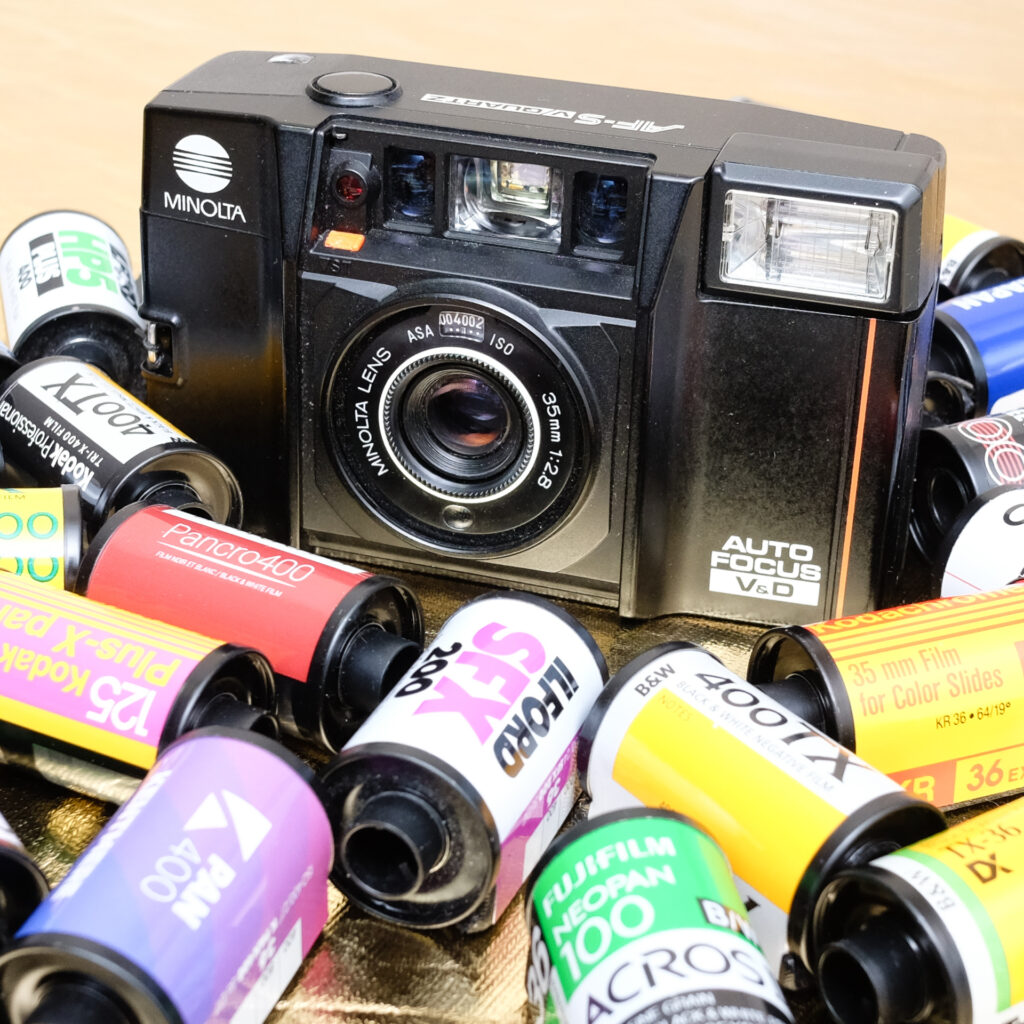
There is a second variant of the AF-S, the AF-S V&D. The “D” designates it as having a data back to imprint date or time stamps on the film. A nice plus of the data back is the frame count is also displayed on the LCD in addition to the mechanical counter on top. The data back even has an alarm clock feature, a trivial engineering and manufacturing add-on. The date feature only goes up to the year 2009, so I have mine set to perpetually be 1984.
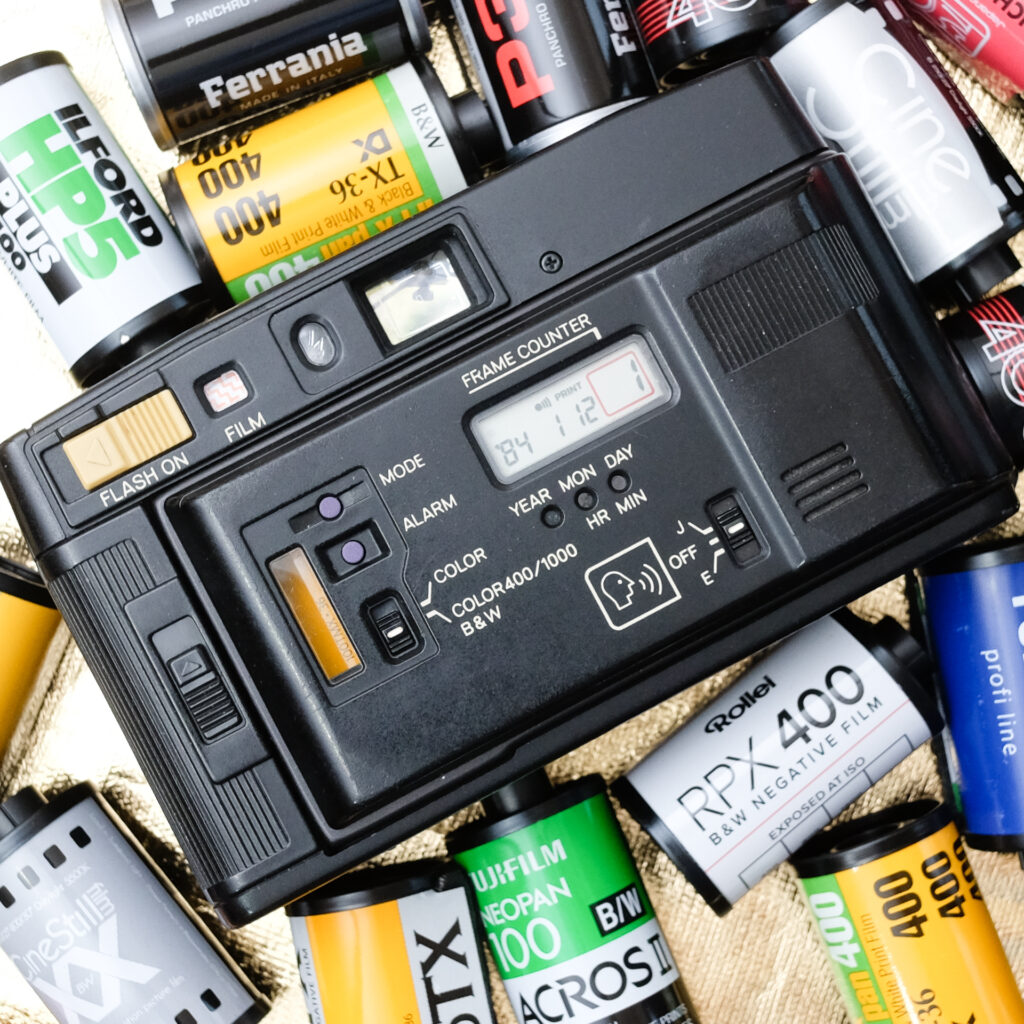
The most common Minolta Talkers I see speak only English. A Japanese TV commercial proves a Japanese-speaking variant exists. It’s unclear if this variant speaks only Japanese. But a recent eBay search showed bilingual versions, able to speak either Japanese or English. These have data backs with Japanese kanji and katakana characters printed, clearly intended for the Japanese market. Perhaps this is the version in the commercial? I do know there is another variant that is bilingual, but instead of Japanese script, English is printed on the data back. Who knows what the target market for this version was, but this is the variant I have. Strangely, the Japanese warnings are more polite, adding a “kudasai” (please). There are no such niceties with the English script. Have a listen.
When my Minolta Talker arrived I realized that it ticked a lot of checkboxes I look for in a compact travel, take-anywhere, camera. It requires standard AA batteries instead of a hard-to-find lithium battery (the data back takes a single LR44 or equivalent battery). It has a fast, fixed focal length 35mm F2.8 lens (4 elements in 3 groups), a good middle ground between wide angle and standard. The flash only fires when you want it to, it will only verbally suggest that you do so if you have the voice chip switched on, otherwise a warning light in the viewfinder flashes. ISO is set manually from 25-1000, it does not read DX-coded canisters, so your film can be pushed or expired film can be overexposed. What started out as a gimmicky, toy camera acquisition became a potential consideration for the roster.
For my trip to Medellin and Jardin, Colombia, I wanted to travel extra light, lighter than my usual one camera, two lens 35mm SLR set-up. I also wanted to go with a less polished, more gritty vibe. A compact point-and-shoot with consumer grade film would do the trick so I packed the Talker and 10 rolls of Kodak Ultramax 400.


Reading various reviews of the AF-S and its Talker variant, almost all note its tendency to underexpose. Underexposure wasn’t severe in my case. The lab-developed negatives looked good and I was excited to get started scanning them. Bumping up exposure by +⅓ to +⅔ in Adobe Lightroom was enough to get my images where I wanted them to be. Moving forward, I might set ISO a bit slower to compensate. The lens rendered colors and details beautifully on Ultramax. Bright colors popped and muted colors still looked good. The grain on the scans looked as good as any Ultramax scans from any other camera, not too much grittiness, but enough to give some character.


The autofocus system seemed on target as well. Of the 7 rolls I shot I only had a handful of misfocused images, likely due to user error in not focusing on the subject before recomposing. Marketing material describes the camera having an 8-zone, infrared focusing system. I suspect the auto exposure programming may also prioritize depth of field to help keep subjects in focus.


I don’t have high expectations with the flash on any point-and-shoot. The Minolta Talker is no exception. But the photos I took using the flash are not terrible. The flash isn’t overpowering, so that was nice. The Talker exceeded my low expectations in this respect.

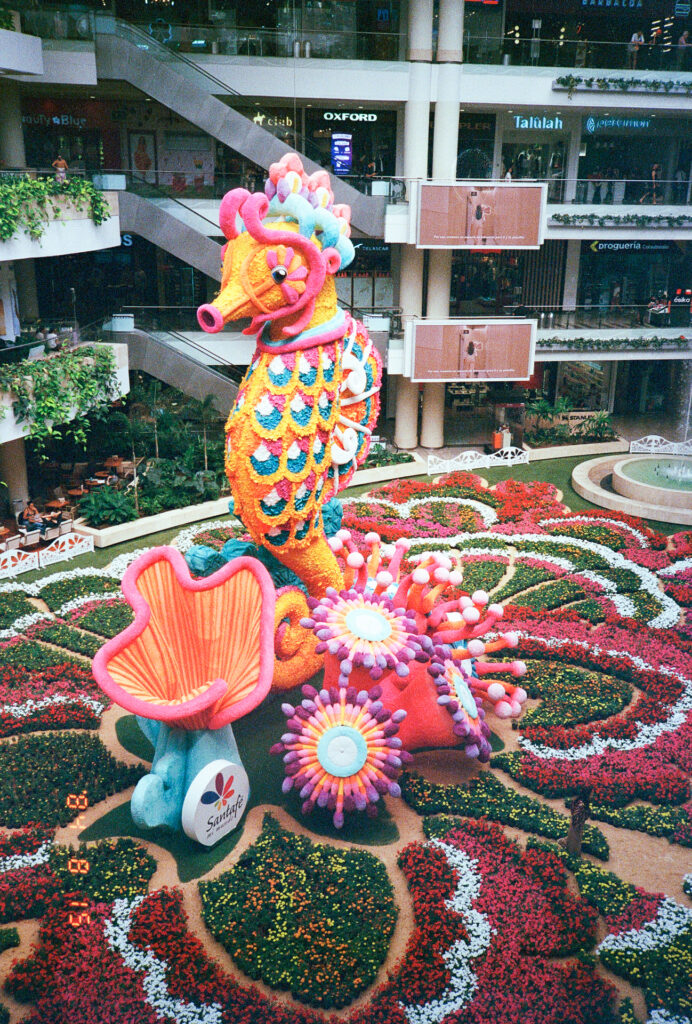
Overall, I’m happy I brought the Minolta Talker to Colombia. Medellin is a nice city and my impression is it’s a very livable, vibrant city with a lot of character. I don’t believe I sacrificed much in terms of image quality for compactness. The Talker gave me some real keepers. It definitely helped itself stay in the camera roster. Useless novelty aside, the AF-S V&D is as good of a point-and-shoot as you can get without going into the premium compact price point. Any of the AF-S variants could be a keeper if you happen across one. Honestly though, I personally wouldn’t have given a non-talking AF-S a second look. I’m a sucker for gimmicks.
Thank you for reading. You can find me on Bluesky and Instagram (older work) or on the web.
Share this post:
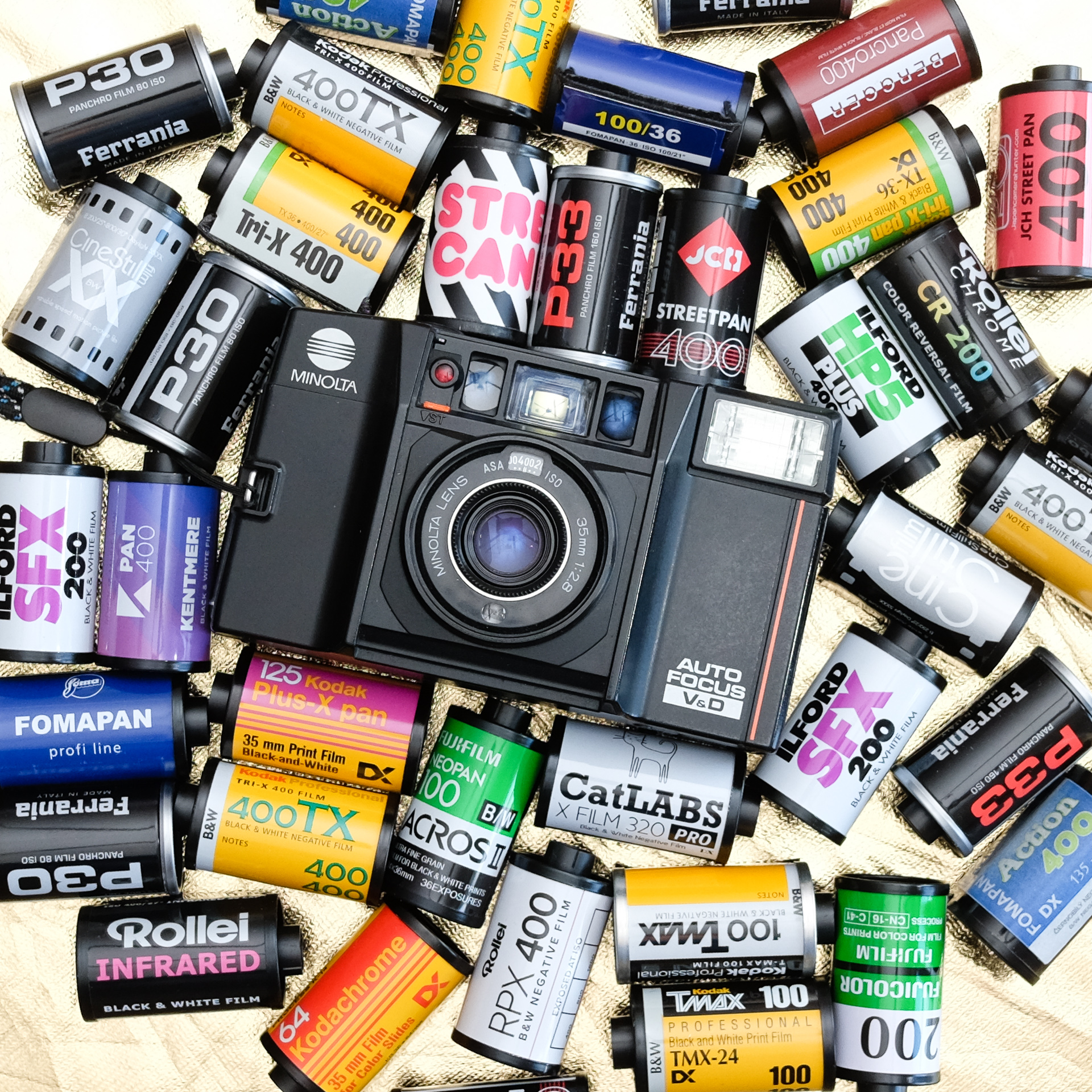
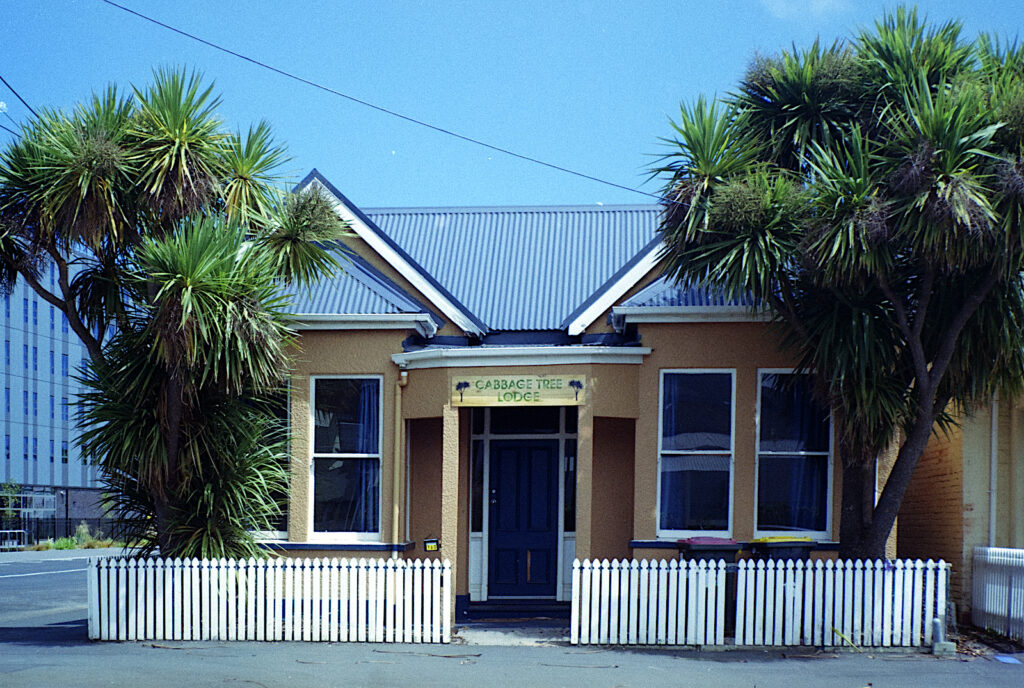
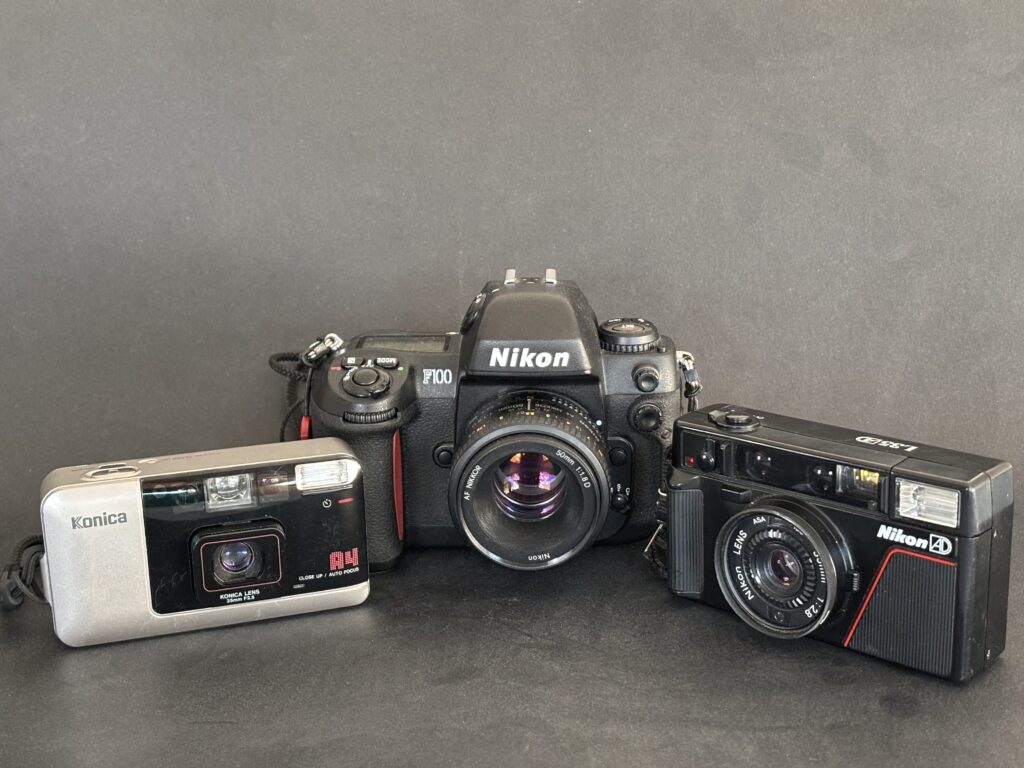
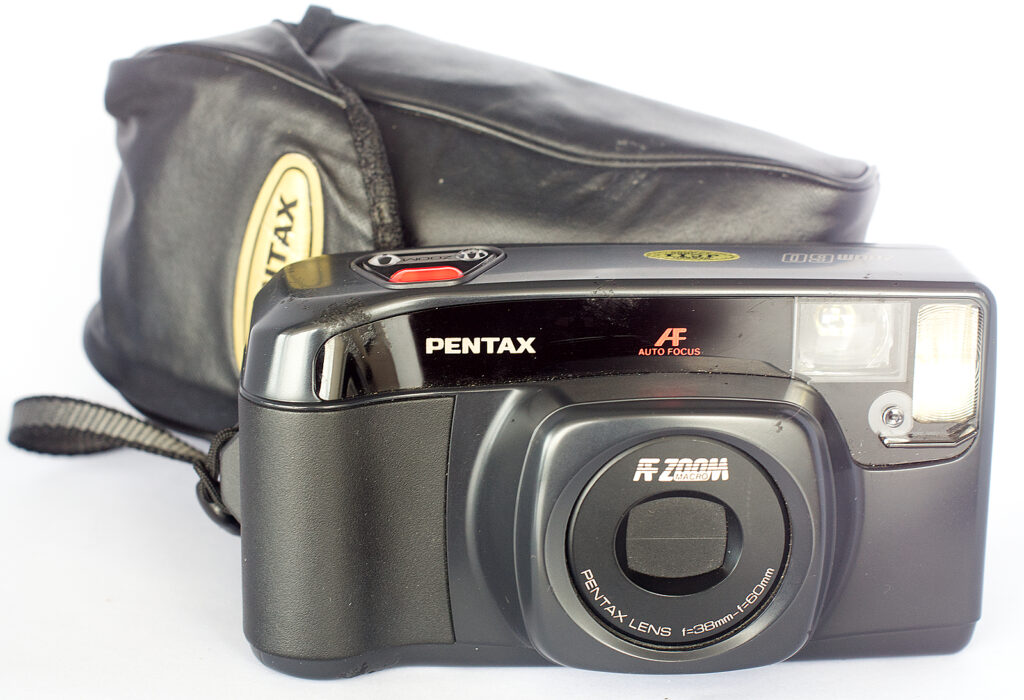
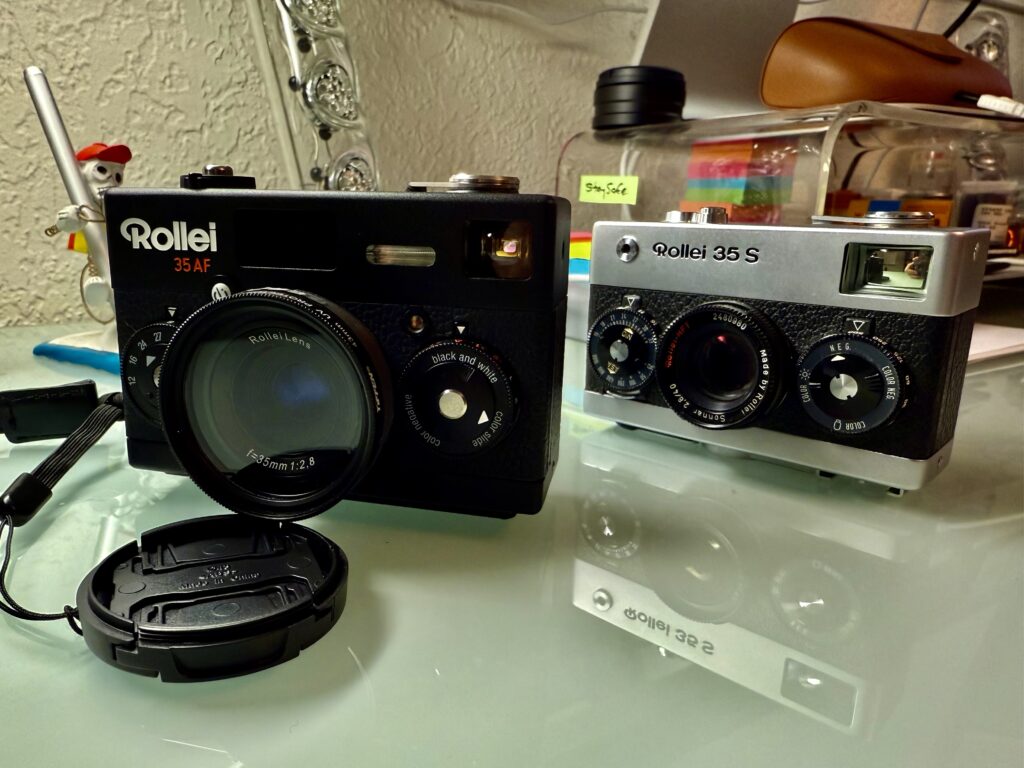

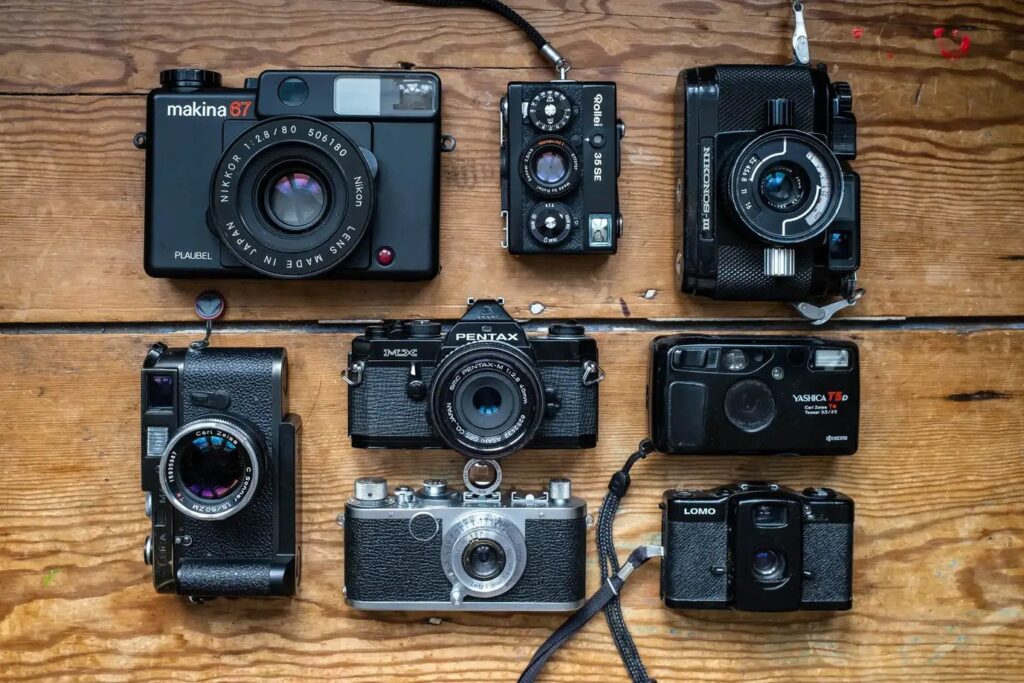
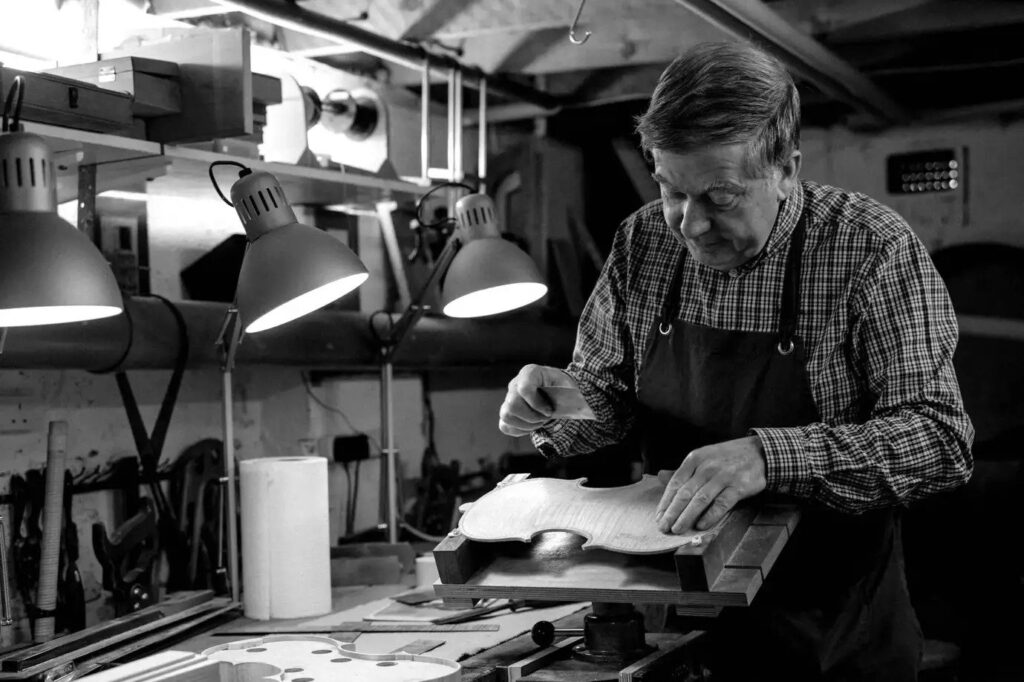
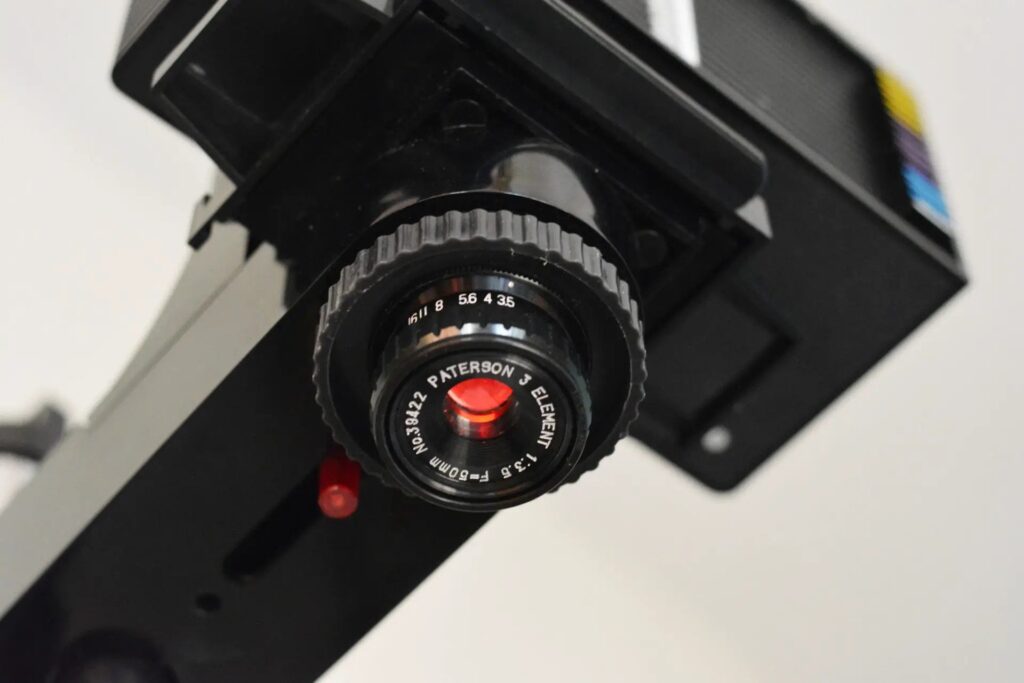
Comments
Keith Drysdale on Minolta AF-S V&D — What was the mind of Minolta thinking?
Comment posted: 21/02/2025
Dana Brigham on Minolta AF-S V&D — What was the mind of Minolta thinking?
Comment posted: 21/02/2025
Gary Smith on Minolta AF-S V&D — What was the mind of Minolta thinking?
Comment posted: 21/02/2025
I haven't any bodies that talk to me (yet) and hopefully none are on the horizon.
Your shots above are very vibrant!
Thanks for sharing!